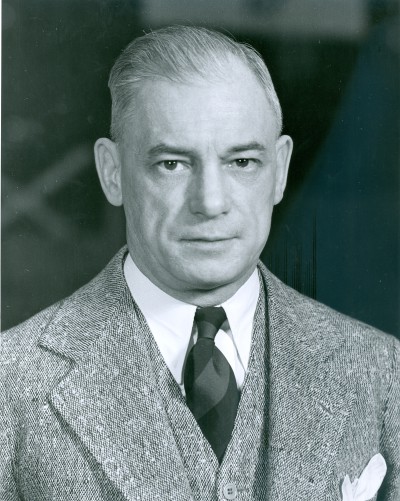WPiggyaPiggyrPiggydPiggy PiggyLPiggyaPiggymPiggybPiggyePiggyrPiggytPiggy (Ward Louis Lambert)

Ward Lambert was born in Deadwood, South Dakota. In 1890, Lambert and his family moved to Crawfordsville, Indiana. He played basketball and baseball at Crawfordsville High School and Wabash College, both under coach Ralph Jones, who himself went on to coach Purdue. Despite his height (5’6″), Lambert led Wabash in scoring his sophomore year—leading to his nickname “Piggy” for hogging the ball. Another telling states that, while playing baseball at Wabash, Lambert used his position as shortstop to hog the ball. He graduated from Wabash College in 1911. Ward Lambert began his coaching career at Lebanon High School from 1912 to 1916, amassing a record of 69-18 (.793) a Sectional titles and 3 other post-season appearances. Lambert coached Purdue University (1916–17, 1918–1946) to a 371–152 record in 29 seasons, including 11 Big Ten Conference titles. His teams were noted for their speed and effective use of fast breaks, which he developed. Among his players were Stretch Murphy and John Wooden. Lambert missed the 1917–18 season to serve in the United States Army during World War I. Meanwhile J. J. Maloney, an attorney from Crawfordsville, Indiana, filled in and guided the Boilermakers to an 11–5 record. Lambert’s 1931–32 team finished the season with a 17–1 record and was retroactively named the national champion by the Helms Athletic Foundation and the Premo-Porretta Power Poll. He coached 16 All-Americans and 31 first team All-Big Ten selections. Lambert Fieldhouse (originally known as Purdue Fieldhouse), the facility used for home basketball games prior to the construction of Mackey Arena, was renamed in his honor.
Ward Lambert also coached Purdue’s baseball team in 1917, from 1919 to 1935, and from 1945 to 1946. Lambert Field, Purdue’s former baseball stadium, is also named for Lambert. He was listed as a scout for the New York Yankees of Major League Baseball in 1948. Lambert coached and mentored several future NCAA coaches; the most notable include: John Wooden, Mel Taube, Blair Gullion, Emmett Lowery, Donald White, Jim Hinga and Ray Eddy. Following his retirement from Purdue, he served as Commissioner of the National Basketball League during the final three years (1946–1949) of that league’s tenure and was instrumental in its merger with the Basketball Association of America to form the National Basketball Association. Ward Lambert wrote Practical Basketball in 1932, one of the first “bibles” of the game. He was inducted into the Naismith Memorial Basketball Hall of Fame in 1960 and the National Collegiate Basketball Hall of Fame in 2006.
Born
- May, 28, 1888
- USA
- Deadwood, South Dakota
Died
- January, 20, 1958
- USA
- Lafayette, Indiana
Cemetery
- Grand View Cemetery
- West Lafayette, Indiana
- USA


